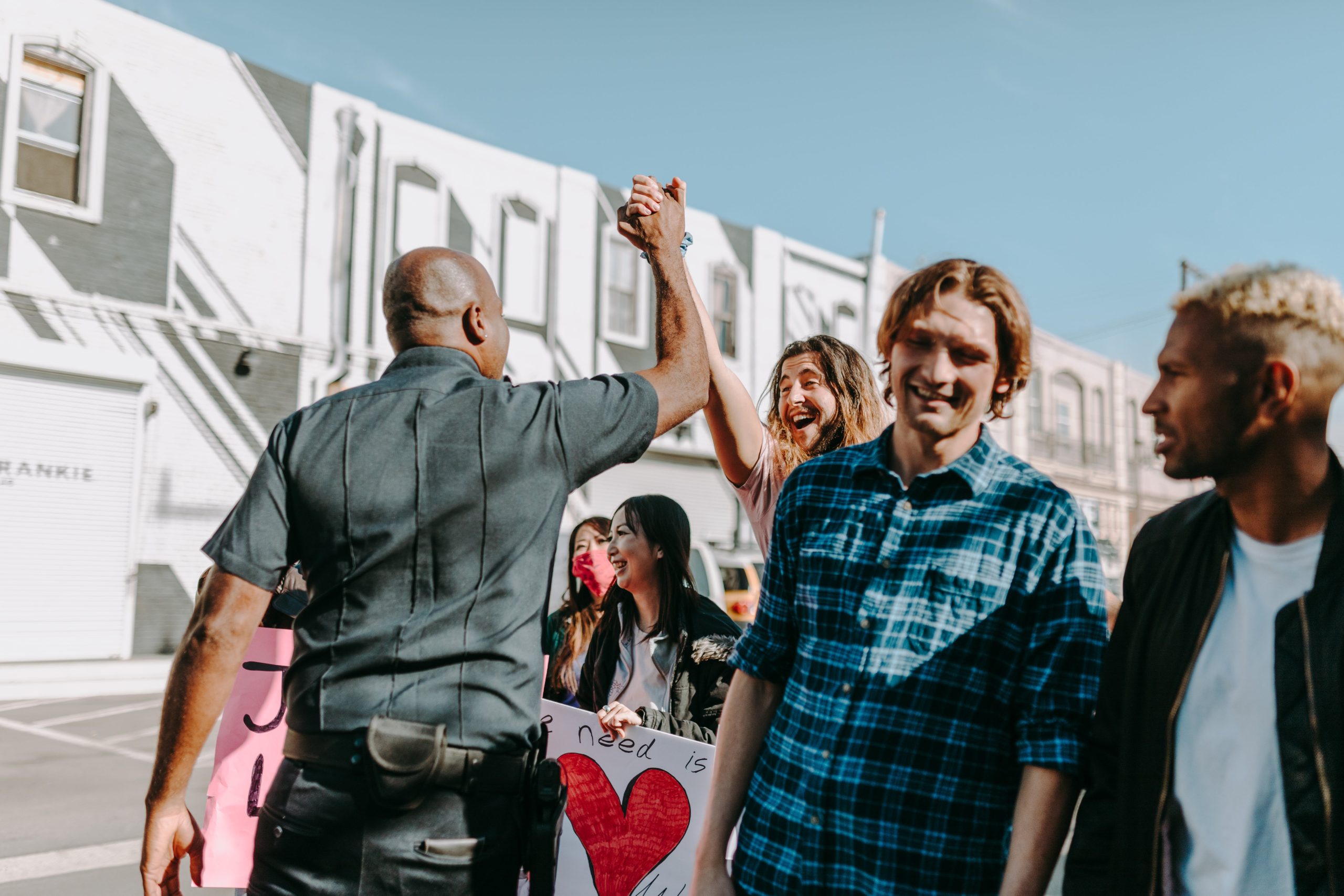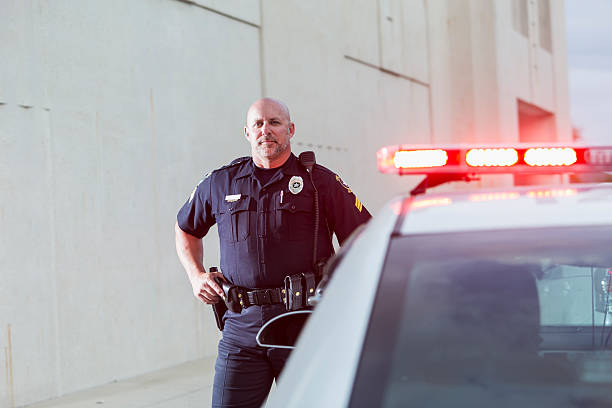Public trust in law enforcement has declined sharply in recent years. According to a Pew Research study, only 48% of Americans say they have a great deal or fair amount of trust in their local police, down significantly from 58% in 2018. This erosion of trust threatens public safety and the ability of police to effectively partner with communities. As we enter 2024, restoring faith in law enforcement is imperative.
The Importance of Community Engagement
A key strategy for rebuilding trust is direct community engagement. Police departments that actively involve local residents, listen to concerns, and collaborate on solutions see improved satisfaction. In Los Angeles, officers knocked on doors to introduce themselves and attended community events. This community-oriented policing helped drive a 12% increase in resident approval from 2015-2018.
Other successful initiatives include:
-
- Town hall meetings: Face-to-face discussions help humanize officers and give the community a voice. Raleigh, NC increased trust by 25% after launching quarterly town halls.
- Social services partnerships: Dallas PD partners with agencies to connect people to housing, counseling, and employment programs. 91% of participants said officers treated them with dignity and respect.
- Youth outreach programs: Tampa PD’s youth athletics leagues provide mentoring and build positive officer-youth relationships. Youth arrests subsequently fell by 16%.
Fostering true engagement demonstrates a commitment to understanding community needs and values. As the San Diego PD assistant chief noted, “We can’t just police in the community, we must be part of it.”
Advancements in Police Training and Accountability
Modern training is equipping officers with critical communication, de-escalation, and bias-reduction skills. Chicago is seeing success with roleplaying exercises where officers must defuse tense scenarios. Trainees also receive enhanced education on topics like mental health, addiction, and cultural sensitivity.
Accountability measures are furthering police professionalism. Body cameras, now used by over 80% of departments, provide transparency around interactions. Early intervention systems use data analytics to flag high-risk officers so they can be coached. And civilian oversight boards like those in Denver and Philadelphia strengthen investigation of misconduct complaints.
These systemic changes are working. One study on de-escalation training found a 15% reduction in officer use of force. And surveys indicate body cams lead to higher community perceptions of police legitimacy.
Technology in Policing
Technology is empowering law enforcement to better connect with communities:
-
- Social media enables police to directly engage residents, provide safety tips, and showcase officers’ community involvement. Agencies report improved resident sentiment after launching social media campaigns.
- Mobile apps like Milwaukee PD’s gives citizens easy access to data like crime stats, department policies, and emergency contacts. Downloads exceed 125,000.
- Data analytics tools help agencies develop targeted strategies based on insights around crime patterns, high-frequency addresses, and other indicators.
Bob Wasserman, former chief of staff of the White House Office of National Drug Control Policy, remarked on these tech advances: “Policing has leapfrogged, benefiting from dramatically new tech. It has the potential to not just combat crime, but strengthen community relations.”
Introducing Officer Survey
A promising new platform poised to enhance community relations is Officer Survey – an online tool enabling police departments to easily conduct surveys, polls, and feedback platforms.
Officer Survey facilitates deep community insights through features like:
-
- Community surveys soliciting input on local priorities, preferred engagement methods, and more.
- Polls quickly garnering community pulse on current topics.
- Comment boards where residents can voice concerns or appreciation.
But a unique aspect is the focus on individual interactions between specific officers and community members.
Impact of Officer Survey on Community Relations
With Officer Survey, departments can survey citizens immediately after encounters. This provides feedback not just on whether the interaction was positive, but explores the nuances of why experiences were good or bad.
By tying surveys to the officers involved via badge numbers, this generates individually actionable data to improve performance. Imagine scenarios like:
-
- A traffic stop feedback reveals the officer was curt and dismissive. This points to a need for coaching on communication tactics.
- Surveys after noise complaints show residents react especially well to officers who explain the context around laws and avoidance of citations. This highlights an effective approach officers should adopt.
This granular feedback gets beyond general community sentiment to how specific tactics are received. Officer Survey further empowers by providing benchmarking to show how individual officers compare to others regarding criteria like respectfulness, helpfulness, listening, etc.
Individual Officer Feedback Through Interaction Surveys
Post-interaction surveys deliver clear, targeted insights to officers on successes and areas needing work. By focusing on the factors that shape experiences like communication style, body language, patience, etc., Officer Survey gives officers concrete guidance on enhancing their skills.
Officers access their personal dashboard to view metrics on ratings, review commentary, and see how they benchmark to their goals. Supervisors can also use the platform to monitor progress and determine coaching needs.
Early users of Officer Survey’s interaction surveys have reported impressive results:
-
- Chambers County Sheriff, TX saw 75% of officers improve survey ratings in just 6 months.
- Oakland PD realized a 12% increase in community members describing officers as “respectful” over a 1-year period
By providing a direct channel for community feedback along with tools to act on this input, Officer Survey helps agencies gain a deeper understanding of citizen expectations. This transparency and accountability creates more meaningful police-community collaboration.
Conclusion
Public mistrust in law enforcement has reached troubling levels nationwide. Turning the tide requires a modern, community-centered model based on engagement, enhanced training, accountability, and technology. With proven solutions now emerging on all these fronts, police have an opportunity to usher in a new era defined by cooperation, compassion, and justice. But realizing positive change demands focus and investment. As communities themselves are the ultimate partners in promoting safety and security, rebuilding trust must be the foremost priority for today’s law enforcement leaders.








